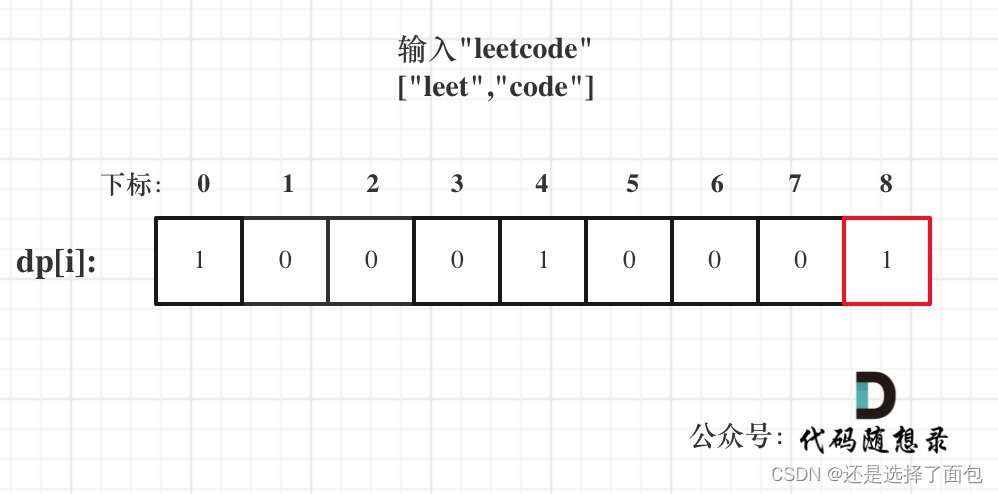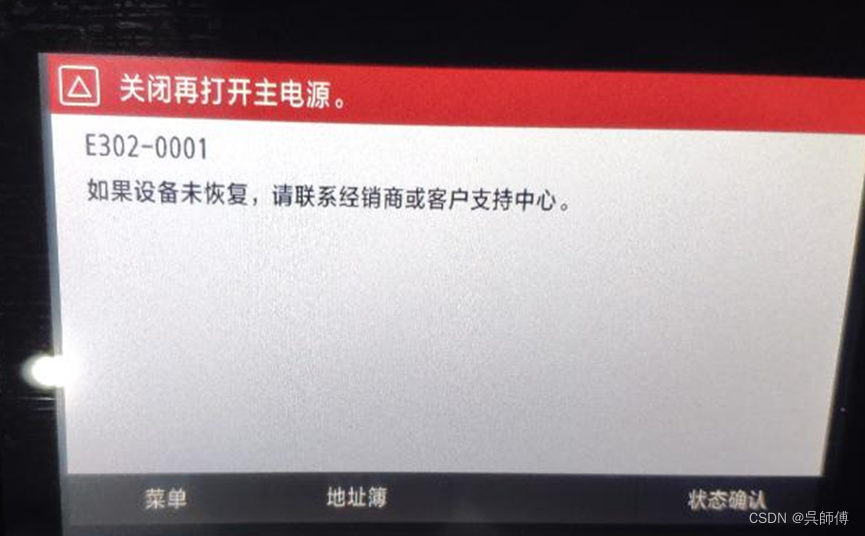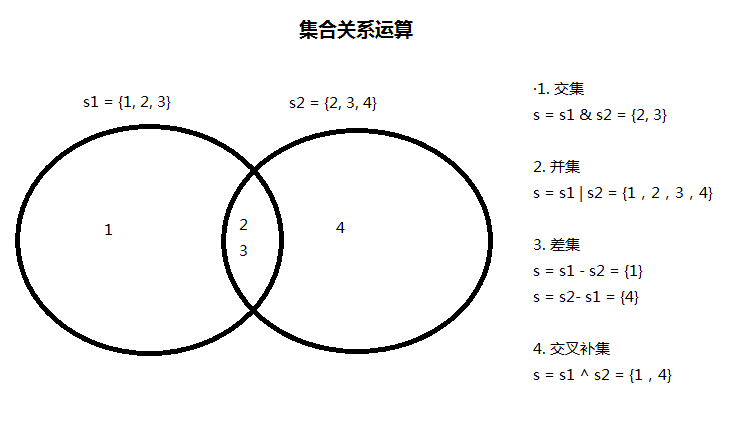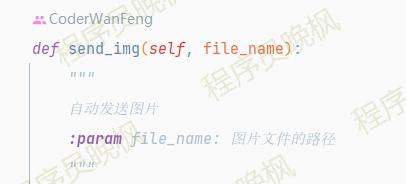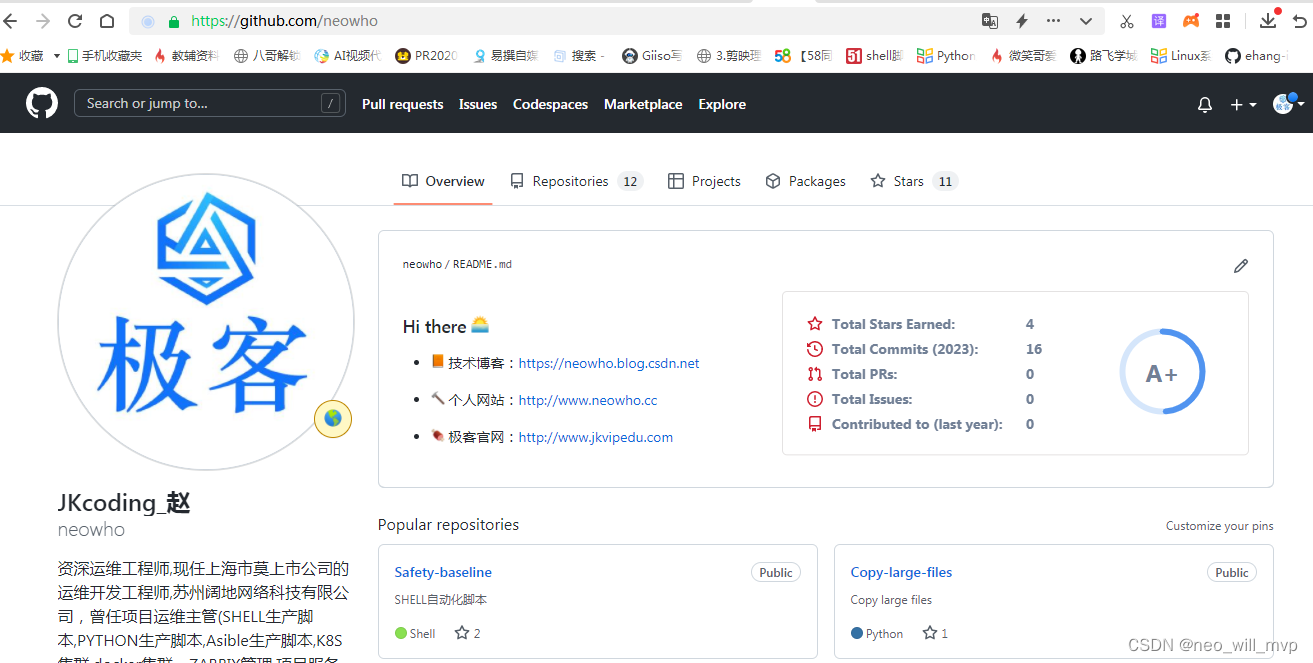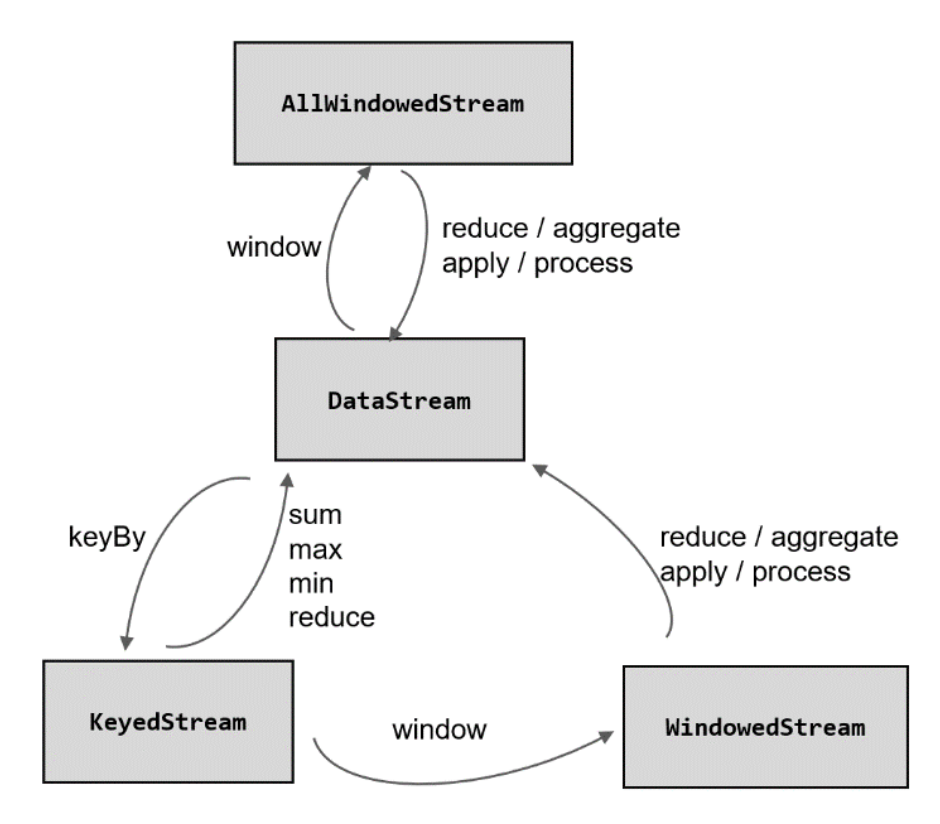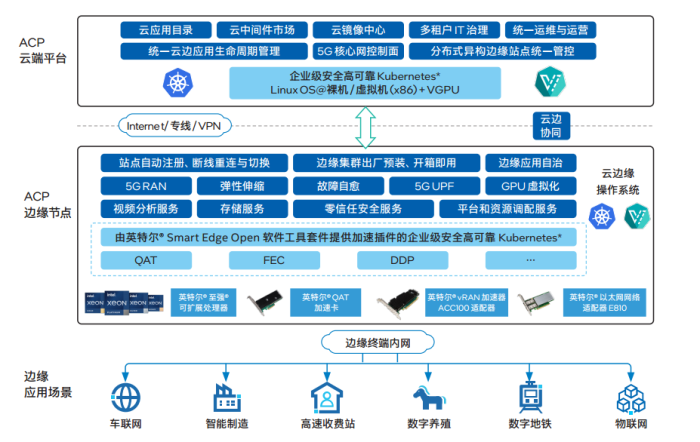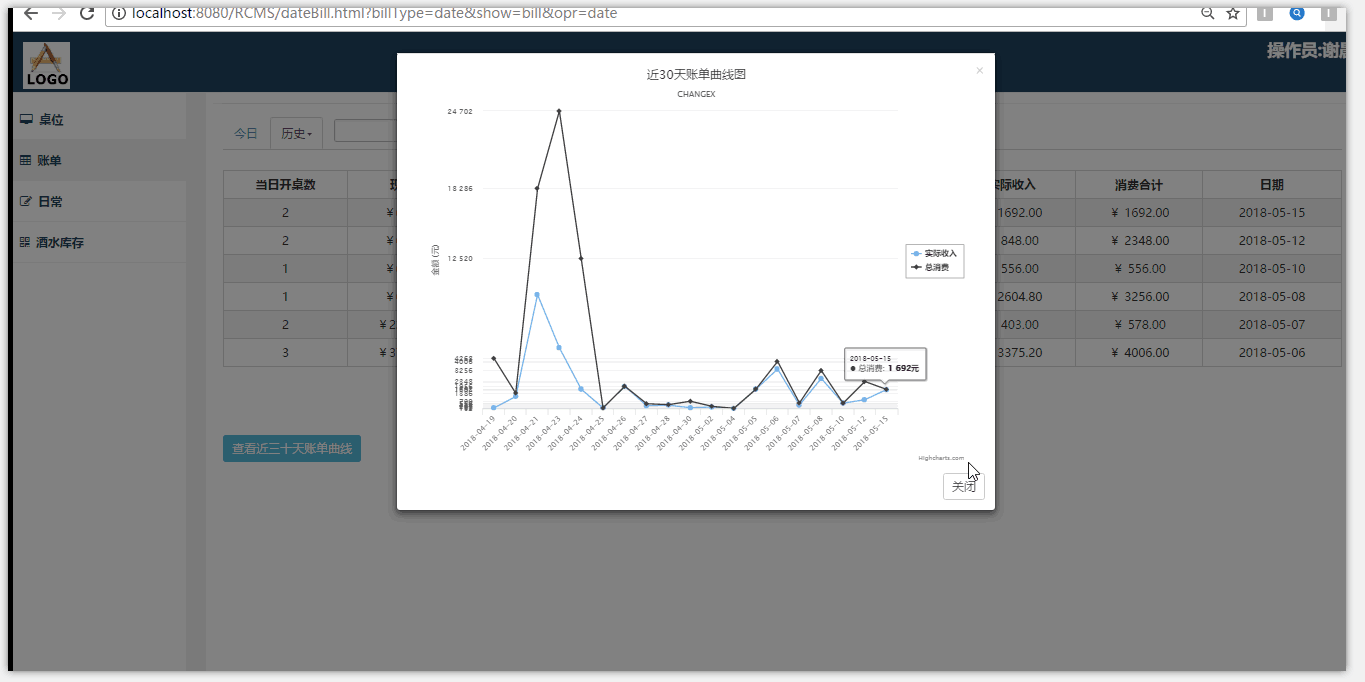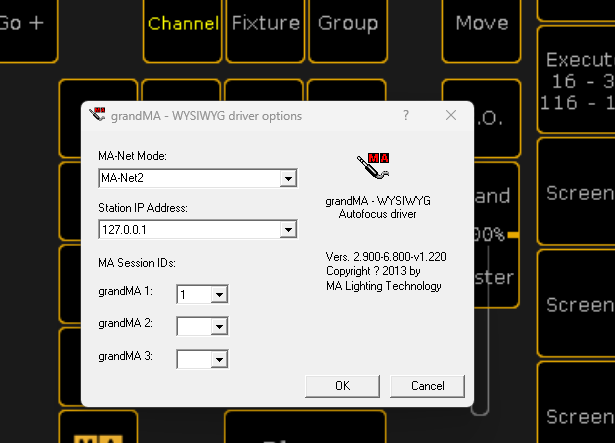在使用java多线程时,有三种方式创建线程 复习传送门
当使用继承Thread来实现多线程时,
我们会把线程执行的代码写在run() 方法中,
使用Thread的start()方法来启动一个线程。
代码如下:
public class ThreadDemo extends Thread{
@Override
public void run() {
System.out.println("this is demo thread :"+Thread.currentThread().getName());
}
public static void main(String[] args) {
ThreadDemo t = new ThreadDemo();
t.start();
System.out.println("this is main thread :"+Thread.currentThread().getName());
}
}
执行结果:
this is main thread :main
this is demo thread :Thread-0
Process finished with exit code 0
在main方法中,为什么不直接 调用 t.run() 来启动线程?
因为t.run()是调用实例方法(会直接在当前线程中执行run中的逻辑),
而start才是启动线程,在新线程中执行run方法里的逻辑。
我们来看看Thread类的 start 方法究竟做了什么?
public synchronized void start() {
if (threadStatus != 0)
throw new IllegalThreadStateException();
group.add(this);
boolean started = false;
try {
start0();
started = true;
} finally {
try {
if (!started) {
group.threadStartFailed(this);
}
} catch (Throwable ignore) {
/* do nothing. If start0 threw a Throwable then
it will be passed up the call stack */
}
}
}
private native void start0();
可以看到,start() 方法中调用了 start0(),而 start0() 是一个native方法。
native 关键字表示该方法是一个本地方法,java中提供了机制可以调用C的方法,它可以通过动态库加载,可以通过navtive来调用。
Java中的线程,其实是由操作系统来提供的。
在Java高级语言与操作系统之间,是通过JVM来调用的。

start0()是JVM层面实现的方法。
start0() 方法会调用操作系统底层的指令去创建一个线程,并且启动线程。
操作系统通过调度算法,把生成的线程调度,分配给不同的CPU。
操作系统会调用JVM的run,最终调回Java Thread的run方法。
最终使得run中的逻辑在线程中运行。
当线程执行结束后,JVM会完成销毁。

